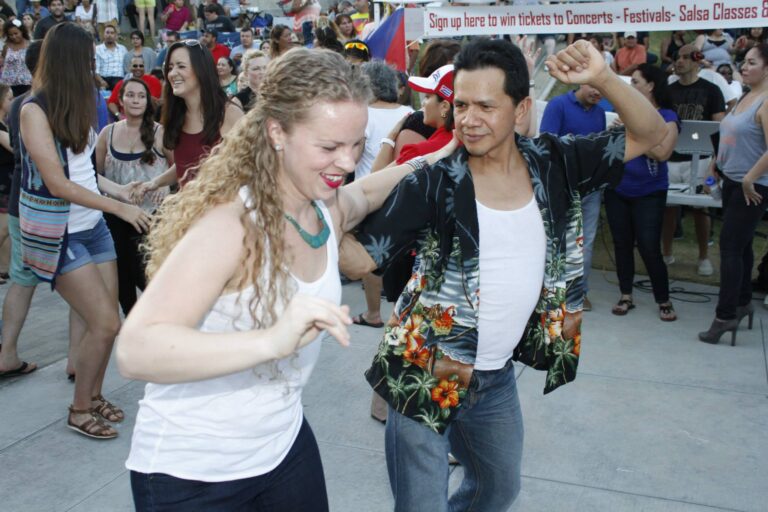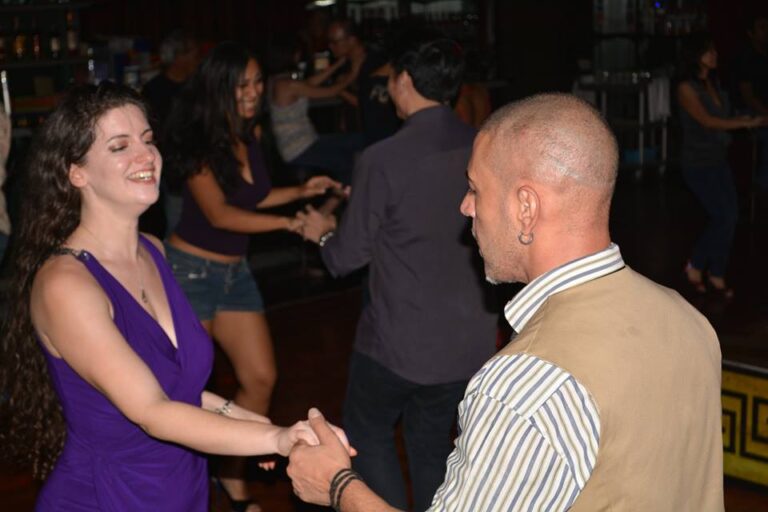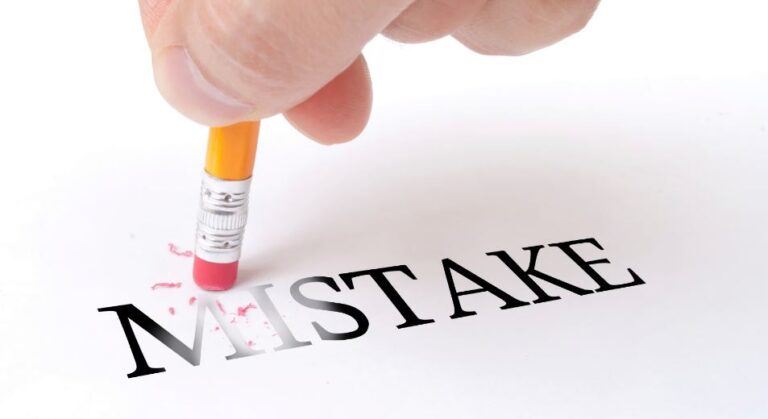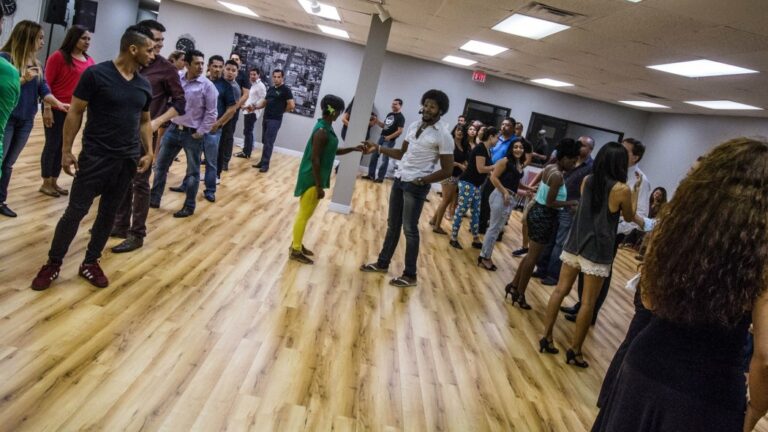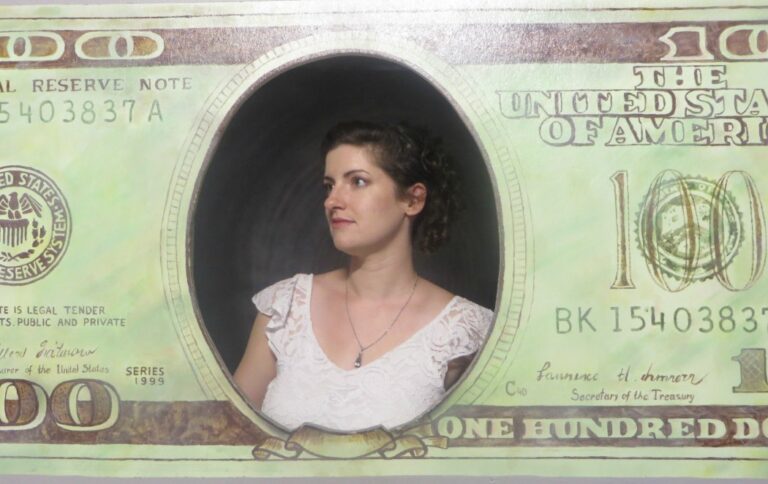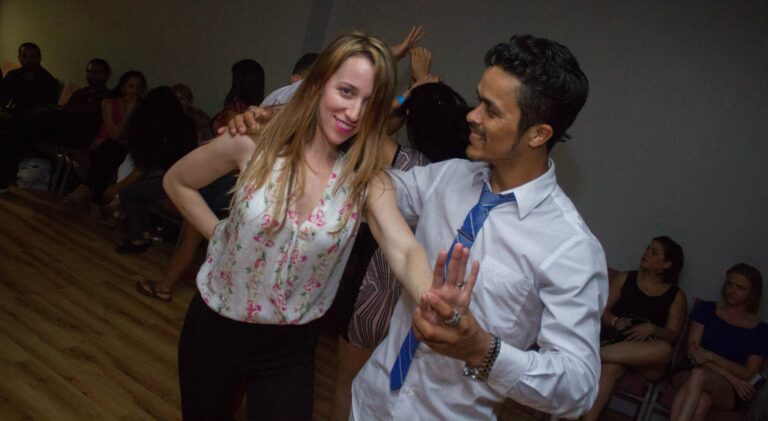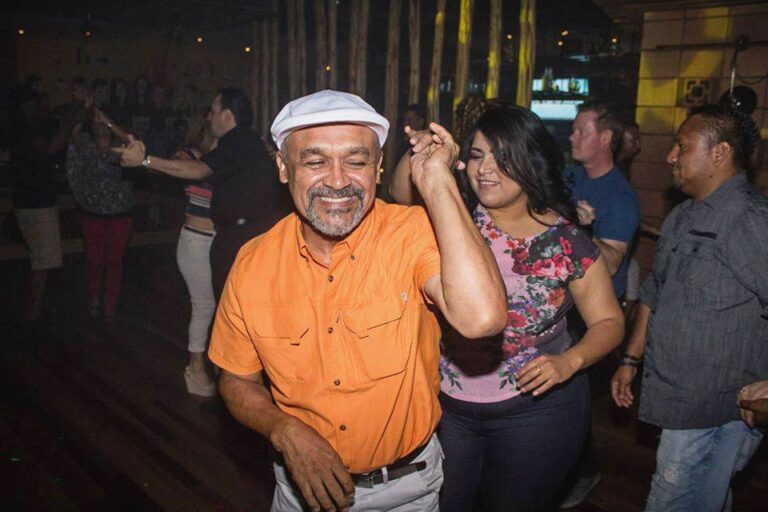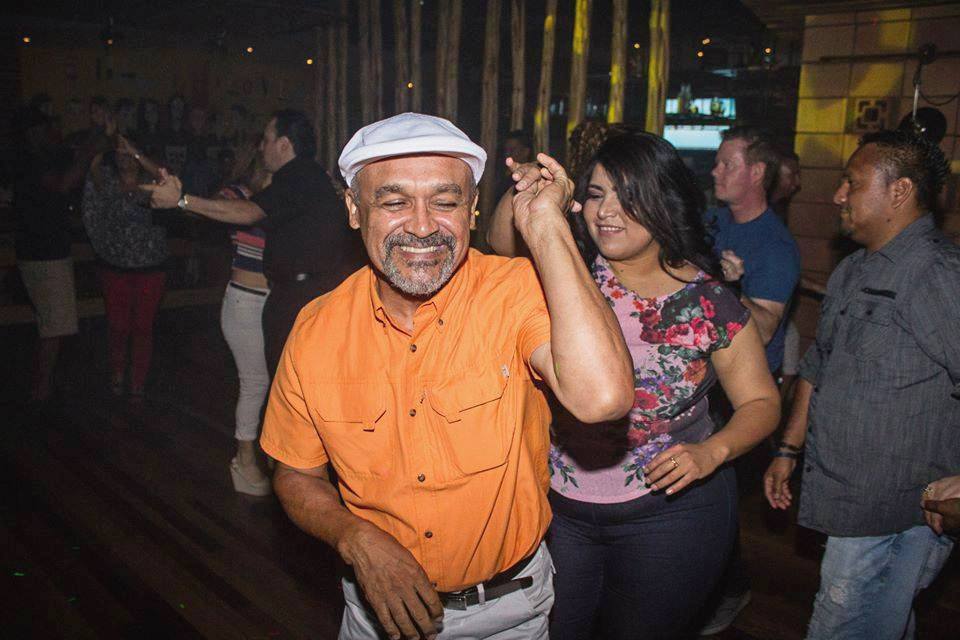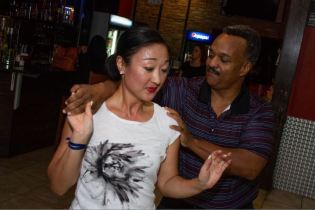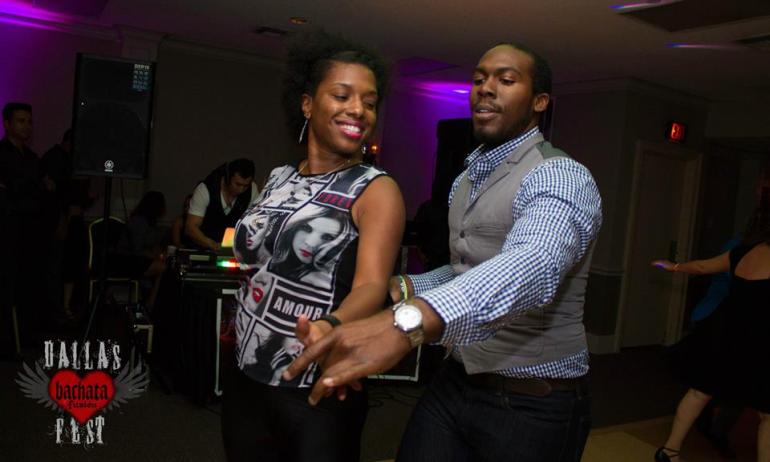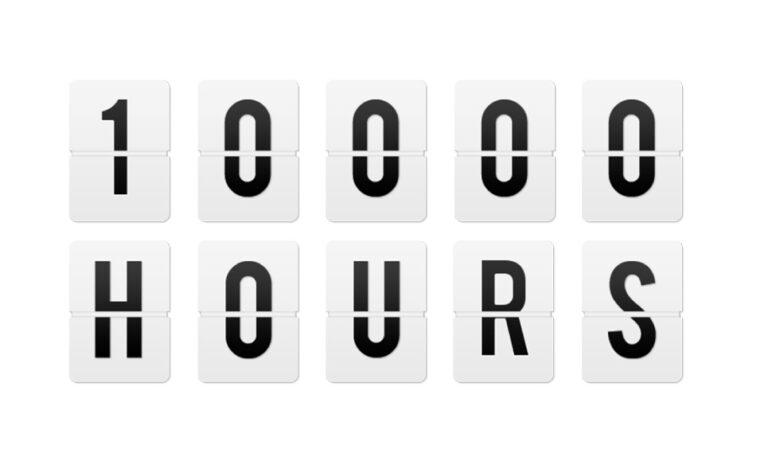Over the last year or two, I’ve been focusing on getting more satisfaction out of my dancing. I used to have nights when I came home deflated, because things just weren’t clicking. Then I’d have other nights, when I felt like I was completely in the zone, and everything just flowed. In an attempt to have more nights dancing in the zone, I began reflecting on the cause of my differing experiences. What I realised is that, more often than not, the common denominator for me is the music. This might sound obvious when explicitly stated, but music matters a great deal to me as a dancer, and other dancers I speak to feel the same way.
After I had this realisation, I made a conscious choice to seek out great music, and attend socials where the DJs are committed to playing great music. I realise that some people just dance to socialise and have fun on the dance floor, and that the music being played is not all that important to these people. I am not saying that there is anything wrong with that, and I admit that when I started my dancing journey, I had a similar attitude towards the music. The music functioned as my cover, my camouflage, background noise to legitimise my random movements, and make them socially acceptable. At some point though, this changed. The music became my inspiration, my reason to dance. I stopped using the music as a tool, a shield. That is, I stopped using the music, and started to allow the music use to me.
This article is mainly for dancers who have already developed a strong relationship with music, or dancers who are just starting to explore the universe of music, and how it relates to dancing. My dancing turned a corner, and became vastly more interesting and fulfilling, once I established a relationship with the music. This is another way of saying a strong connection to the music. As I dancer, I am moving to music, but it is more than that. Aerobics is movement to music. Zumba is movement to music. Dance Dance Revolution (from Konami entertainment) is movement to music. To me, what makes dancing different from these things is meaning. Dancing has emotion, ideas, and culture, and I can access all of these via music. It seems that, the more my relationship with the music grows, the more rewarding dancing becomes.
When I was in high school, and in my early 20’s, I was depressed. Part of the problem was that I was hanging out with the wrong people. I was not managing my relationships well. I was spending too much time in the company of people with toxic tendencies and questionable character. You could say that my life had become a product of my relationships. It took some time to figure this out, and to take action, but once I did, the quality of my life increased dramatically. It occurred to me I can apply that the same idea music. If I want my dance experiences to be profound and fulfilling, and to nurture my soul, then I need to manage my musical relationships. I want to spend the majority of time listening to, and dancing to great music, by great artists.
So what is great music? Music is art. So this is a highly subjective question to contemplate, and there are many people much more qualified than I to critique music. However, can we all just agree that there’s a difference between:
“Can you blow my whistle baby, whistle baby?
Let me know.
Girl, I’ma show you how to do it and we start real slow.
You just put your lips together and you come real close.
Can you blow my whistle baby, whistle baby?
Here we go…”
And
“There’s a lady who’s sure all that glitters is gold,
And she’s buying a stairway to heaven.
When she gets there she knows, if the stores are all closed,
With a word she can get what she came for.
And she’s buying a stairway to heaven…”
Lyrically, musically, conceptually, artistically, can we all just agree, right now, that one of these songs represents great music and the other does not? I’ll let you figure out which is which. No offence is intended to Tramar Lacel Dillard.
Another way you could think of this is as music as food for dancers. As dancers, we consume music, and this music, hopefully, nourishes us, and allows us to be healthy and grow as dancers. If you are not enjoying your dancing as much as you feel you should, perhaps it is worth reflecting on your musical diet. Are you regularly consuming great music, by great artists, and great musicians who are expressing profound emotions and thoughts (preferably through a high fidelity sound reproduction device)? Or, do you mainly listen to Spotify remixes by some unknown DJ, sampling some forgettable track from this year’s “Bangin’ Beats of Summer” (through your shitty $10 laptop head phones)? Are you getting enough variety in your musical diet, or do you keeping eating the same “meat and potatoes” over and over again, and then wondering why you feel creatively stifled?
If music is food for dancers, and we are what we eat, and we are mainly eating junk food, our dancing is probably going to be a reflection of that, junk! I’m not saying it’s wrong to listen to certain types of music, or artists, but I encourage you to be conscious of what you’re listening to, and, if you’re a dance teacher, to be conscious of what music you are introducing students to. I encourage you to spend more time listening to, and dancing to, music of substance, and to keep that sugary pop music as a sometimes food, and see what difference it makes to your dancing.
